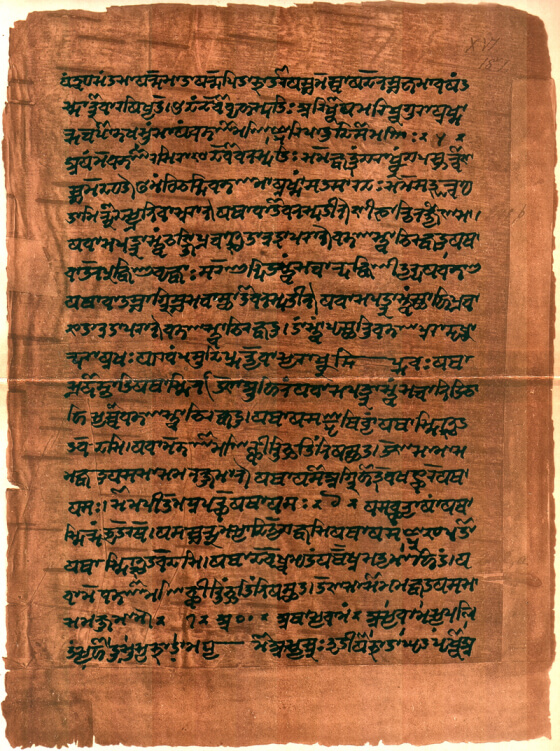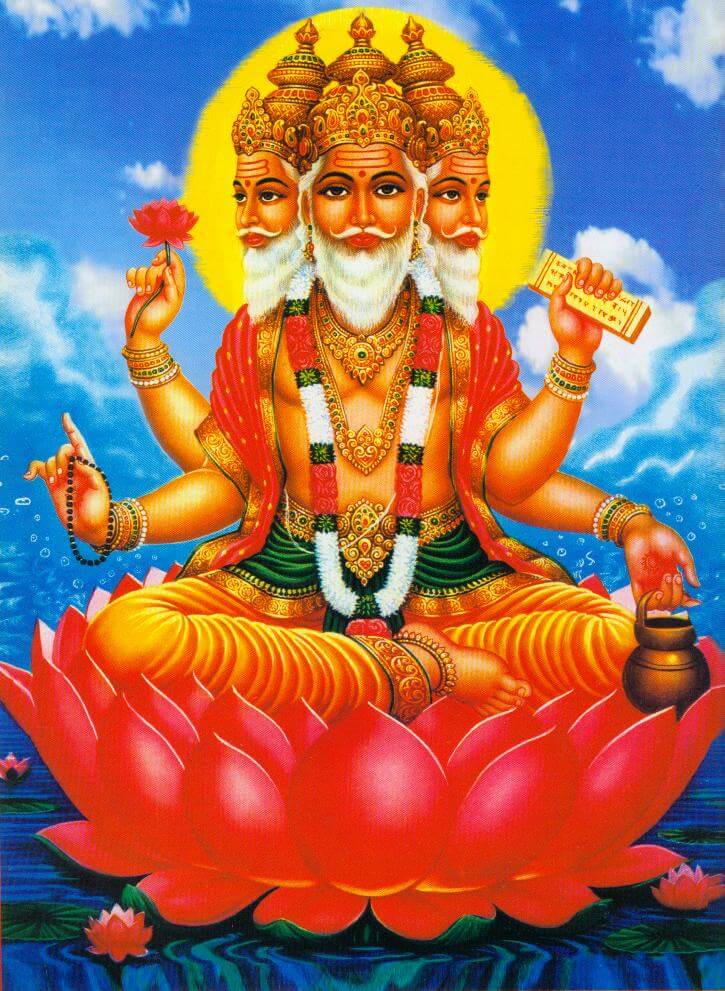Ghanam
An Overview!
Vedic Mantras, or sacred sounds, are used to pierce through sensual, mental and intellectual levels of existence (all lower strata of consciousness) for the purpose of purification and spiritual enlightenment. “By sound vibration one becomes liberated” (Vedanta-sutra 4.22).
Without resorting to writing, our Rishis had devised an ingenious way to preserve our Vedas with precision and perfection and to prevent even the smallest small error to creep into them. The fullest benefit from the Vedic mantras can result only if no word is changed; no unauthorised upward or downward drift in the note occurs in the recitation. Hence the numerous safeguards. How much time it should take to utter each word is indicated by resort to the notation by “maatras”-the time it takes to pronounce a short vowel. How to regulate breathing so that the vibrations can occur at what part of the body to give birth to the pure word sound is also laid down in the Vedanga Seeksha. The Taitreeya Upanishad, for e.g., begins with Seeksha thus:
Seeksham Vyakyaa syaamah – Varna Swarah – Maatrabalam – Saama Santaanah
Seeksha deals with Varna, Swara, Maatra, Strength, Saama and Santaanah
A fool-proof method is to chant each mantra in various patterns and combinations known as Vaakya, Pada, Krama, Jata, Maala, Sikha, Rekha, Dhwaja, Danda, Ratha and Ghana.
Some learned pandits are called “Ghanapaatis”. This means that they are learned in the Vedas to the extent of chanting of the Vedas in the pattern called “Ghanam”. When we listen to a Ghanapaati reciting Vedas in Ghana form, we note that he repeats the syllables in various ways back and forth and in different patterns. This would be not only pleasant to the ears creating a sense of happiness but, in a deeper zone, it generates an ethereal feeling transporting the listener to empyrean heights. The natural grandeur of the Veda mantras is augmented manifold, as it were.
Vaakya Paatha or Samhita Paatha is to recite the mantras in a sentence straight. When mantras come in sentences, some of the words therein have to be conjoined in chanting. To recite the Veda mantras, pada by pada or word by word, instead of joining the words and stringing them together is Pada Paatha. Pada Paatha occurs after Samhita paatha. In pada paatha the sentence is broken down to “words” or pada. This gives the student of the Vedas the knowledge of each word in a sentence.
In Krama Paatha, the first word of the mantra is added to the second, the second to the third, the third to the fourth and so on, until the whole sentence of the mantras is completed. This paatha or method of recitation helps the student understand not only the individual words but also how two words can be combined in recitation and what modification occurs in swara in such a combination.
In Jata Paatha, the first word and the second are first recited together and then the words are recited in a reverse order and then again in the original order. Whereas in the Krama type of recitation the order of words is 1-2 ; 2-3 ; 3-4 ; 4-5 and so on, in the Jata Paatha, the order will be 1-2-2-1-1-2, 2-3-3-2-2-3, 3-4-4-3-3-4, 4-5-5-4-4-5 and so on.
Just as two words are repeated forwards and backwards in the Jata Paatha, the Sikha Paatha three words to be so linked.In Jata Paatha, the first word and the second are first recited together and then the words are recited in a reverse order and then again in the original order. Whereas in the Krama type of recitation the order of words is 1-2 ; 2-3 ; 3-4 ; 4-5 and so on, in the Jata Paatha, the order will be 1-2-2-1-1-2, 2-3-3-2-2-3, 3-4-4-3-3-4, 4-5-5-4-4-5 and so on.
Just as two words are repeated forwards and backwards in the Jata Paatha, the Sikha Paatha three words to be so linked.
In Ghana Paatha the combination will be:
1-2-2-1-1-2-3-3-2-1-1-2-3 2-3-3-2-2-3-4-4-3-2-2-3-4 3-4-4-3-3-4-5-5-4-3-3-4-5
Just as in a laboratory, a life giving elixir is preserved with the utmost care, the Veda mantras, being revelations by Rishis for universal benefit, have been preserved without resort to writing, by such methods of recitation. It must be remembered that, while chanting words backwards and forwards, the swaras of each have to be properly preserved and the student learns how the combination of words affect the swaras. The Samhita Paatha and Pada Paatha are called Prakrithi Paathas, as the words of the mantras occur in normal sequence.
The rest are called Vikrithi Paathas. In Krama, although the words do not occur in the natural order of one, two and three, since they do not revert like one after two and two after three, it cannot be called fully Vikrithi or artificial. The Vikrithis are eight in number: Jataa maalaa sikha rekha dhwajo dando ratho GhanahItyashta vikritayah proktah kramapoorva maharshibhih.
The above system of complicated recitation was devised in order to preserve the purity of the word, sound, intonation, pronunciation, accent and sound combination of the Vedas. By repeating the words in manifold ways, the correct tally of the words was also kept which naturally ensured the pristine purity of the texts.

